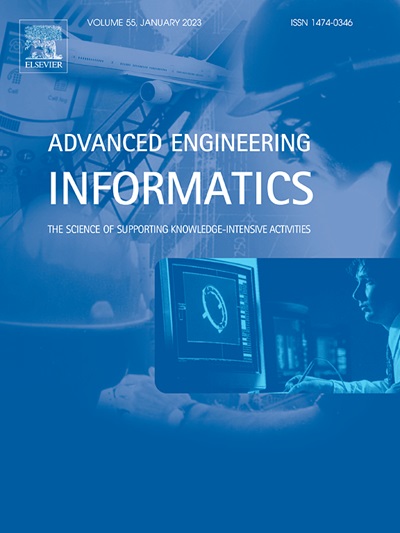A multistage stochastic programming approach for drone-supported last-mile humanitarian logistics system planning
IF 8
1区 工程技术
Q1 COMPUTER SCIENCE, ARTIFICIAL INTELLIGENCE
引用次数: 0
Abstract
Drone-supported last-mile humanitarian logistics systems play a crucial role in efficiently delivering essential relief items during disasters. In contrast to conventional truck-based transportation methods, drones provide a versatile and rapid transportation alternative. They are capable of navigating challenging terrain and bypassing damaged infrastructure. However, establishing an effective drone-supported last-mile humanitarian logistics system faces various challenges. This study introduces a novel approach to address these challenges by proposing a drone-supported last-mile humanitarian logistics system planning (DLHLSP) problem. The DLHLSP problem involves decision-making for both pre-disaster and post-disaster phases, taking into account the unique characteristics of drone-based delivery operations and uncertain demands. In the pre-disaster phase, decisions include determining drone-supported relief facility locations, drone deployment strategies, and drone visit schedules to disaster sites. Post-disaster decisions focus on inventory management, relief item procurement, and drone-based delivery operations. To capture the demand uncertainty in chaotic disaster environment, we establish a multistage stochastic programming model incorporating nonanticipativity constraints to make decisions at each stage without knowledge of the demand information in future time periods. Next, we employ the Benders decomposition algorithm to obtain exact solutions. Furthermore, we perform numerical experiments to verify the exact algorithm using randomly generated numerical instances. The results show that the algorithm significantly outperforms the Gurobi solver and could solve the problem of practical scale. Finally, the study validates the proposed model based on a case study of the Lushan earthquake in China and provides several managerial implications and insights. Overall, this research contributes to the field of humanitarian logistics by offering a comprehensive framework for the planning of drone-supported last-mile humanitarian logistics systems.
求助全文
约1分钟内获得全文
求助全文
来源期刊

Advanced Engineering Informatics
工程技术-工程:综合
CiteScore
12.40
自引率
18.20%
发文量
292
审稿时长
45 days
期刊介绍:
Advanced Engineering Informatics is an international Journal that solicits research papers with an emphasis on 'knowledge' and 'engineering applications'. The Journal seeks original papers that report progress in applying methods of engineering informatics. These papers should have engineering relevance and help provide a scientific base for more reliable, spontaneous, and creative engineering decision-making. Additionally, papers should demonstrate the science of supporting knowledge-intensive engineering tasks and validate the generality, power, and scalability of new methods through rigorous evaluation, preferably both qualitatively and quantitatively. Abstracting and indexing for Advanced Engineering Informatics include Science Citation Index Expanded, Scopus and INSPEC.
 求助内容:
求助内容: 应助结果提醒方式:
应助结果提醒方式:


